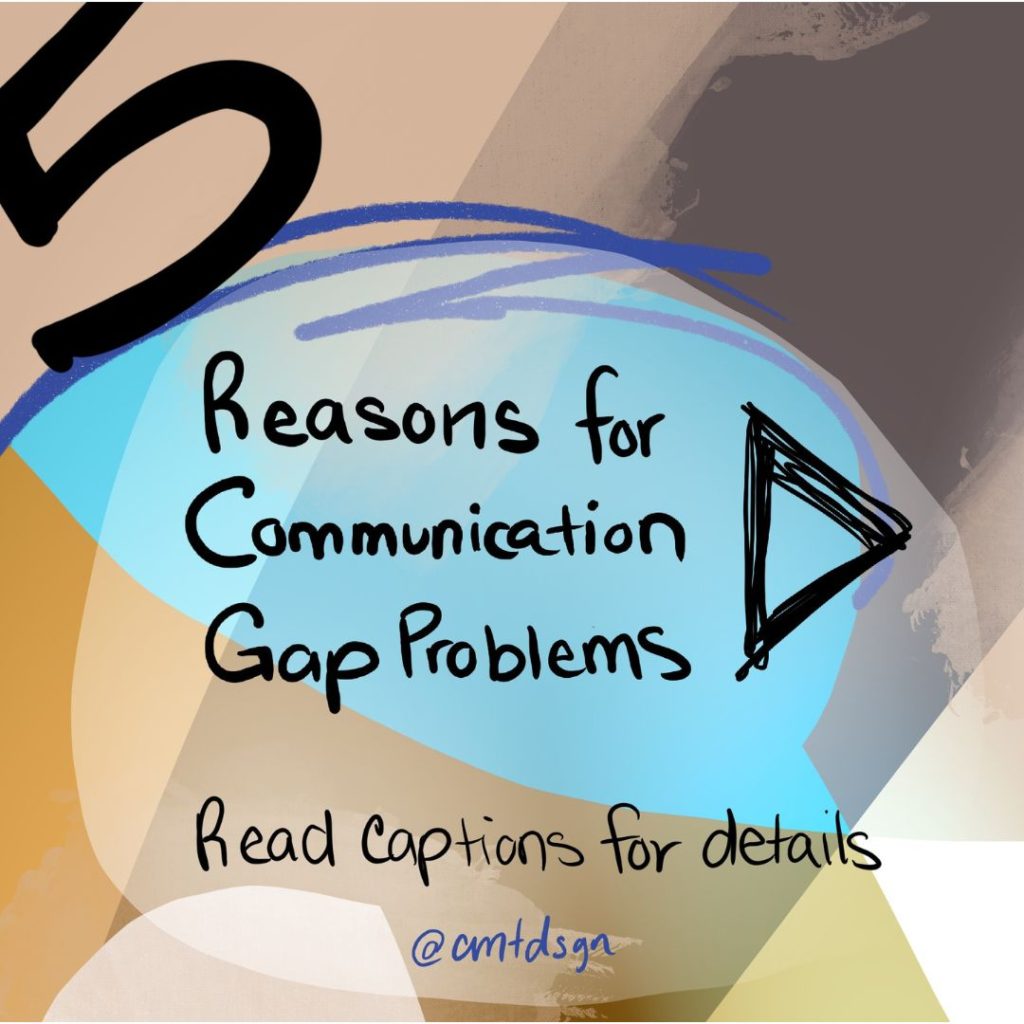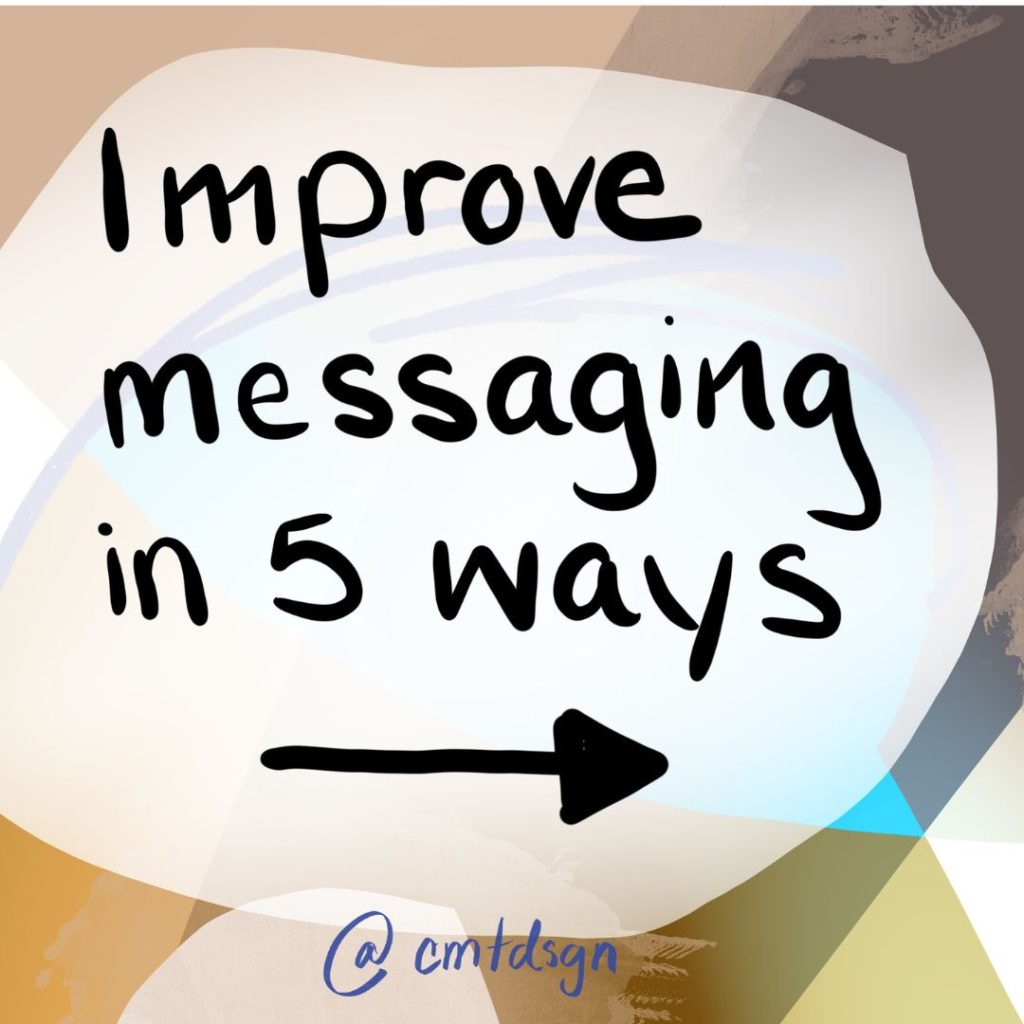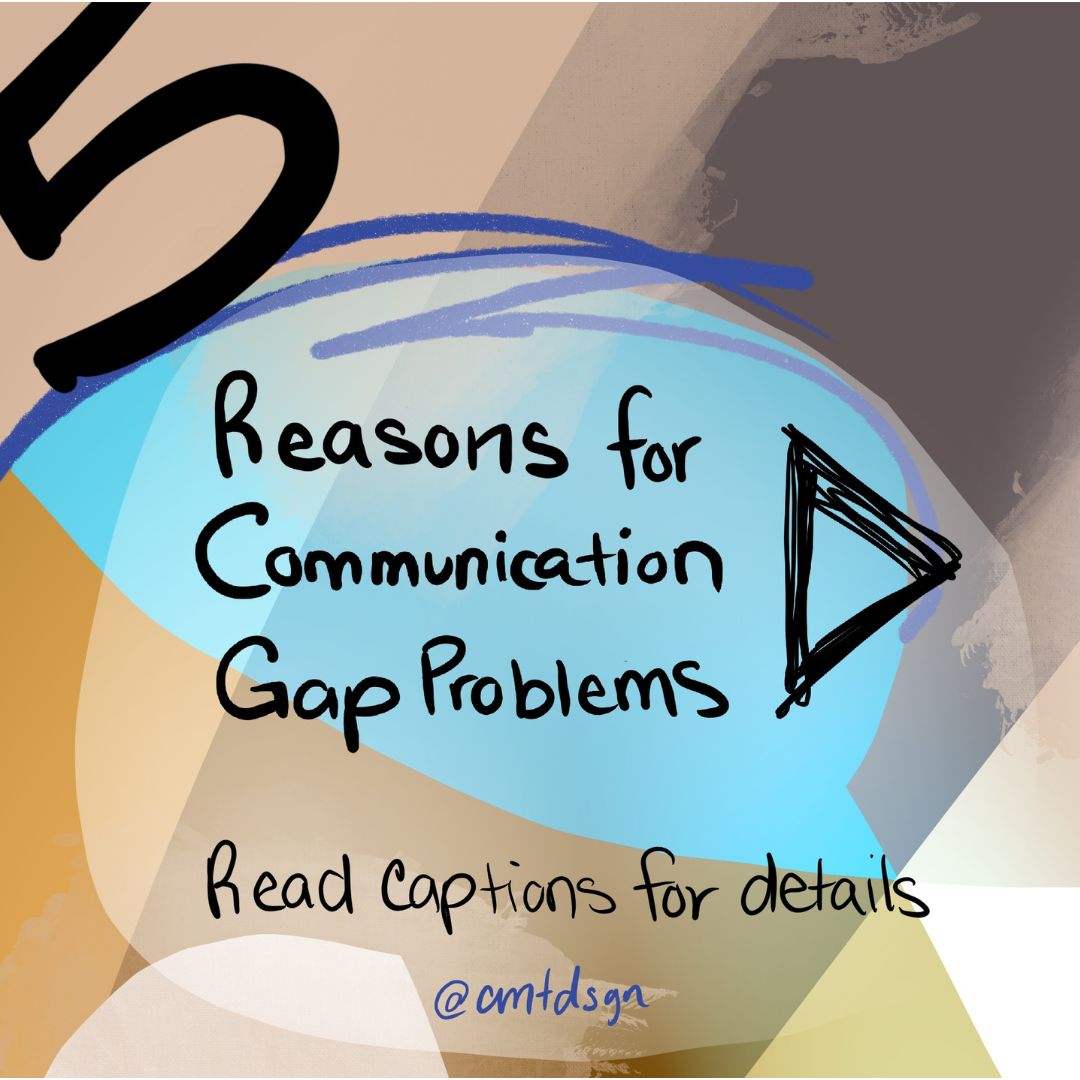“They do not understand.”
“I feel misunderstood.”
“I do not know if there even talking to me… I feel disconnected.”
“I am not sure if they serve people like me.”
These are all common thoughts a client may experience when engaging with your art therapy brand and website.
This communication gap rises countless times in the mental health field because art therapists desire to help everyone and fear turning people away. They ensure to speak to everyone so that no one feels excluded.
I feel the same way we both care for people and their well-being, but the thing is, there’s still a chance to help everyone.
But it will be something in the long term.
Start somewhere, and the way to do this is through niching to a small group of people first to start building yourself on a small scale. Be known for something first by serving those small groups of people 100% and knowing them inside and out.
This is why I always emphasize defining an ideal client!
Too many people are choosing to walk away from art therapy because there is a disconnect within messaging on the art therapist side of the field. It’s not reaching them because it’s not touching on the four factors about the client. These factors are needs, desires, pains, and language. The messaging will be clear and concise if you follow those factors, it will only speaks to them and you know exactly how to address their problem.
Major reasons for communication gaps are:

No Foundation
This usually happens when pieces of your brand foundation are missing or the blueprint is not drawn out. Without that purpose and motives, its hard to find a clear outlook and direction you are going towards. People who interact with your art therapy brand will only sense confusion because the communication is not concise and is too passive.
Language Misalignment
This is usually the case when no ideal client is established, so you only speak from a general point of view on all people and all traumas. You do not get deeper under the surface on feelings associated with a specific trauma. They are much more complicated than the general norms.
Different Perceptions
Art therapists goal is focus on shifting the perception through their messaging and branding elements, so that the client believes that art therapy is for them and something to try. Right now, people stray away from anything imaginative because they are not creative.
Lack of Emotional Connection
Art therapists can feel they need to raise their walls and set their boundaries, and I get that. Within the branding context, put emotion in your messaging so that people can relate to you, or else they will move on to another art therapist who will resonate with their feelings. Introduce emotion but use it strategically without crossing any boundaries. You have to sell on stories and feelings because people buy from emotion and connect through stories, do not be afraid to show a little bit of your personal side but only what you would like to share.
Culture Not Created
This is all about the environment and space you create for your people through the values you carry. If your values are not presented through your website or mentioned in any of your branding material, there is a high chance that they will walk away. They will choose not to engage because they do not connect with art therapists that share at least one value with the client.
Here are 5 simple ways to improve your messaging

Remove jargon and use clear straight forward messaging.
The mental health industry terms and specific language within your internal space will confuse your people. The client will certainly not be familiar with it. Get into the headspace of your ideal client and step into their shoes. Think about a person thats new to the mental health space. How would you talk to them? You would not want to overwhelm them with your knowledge; keep things to the point.
Tap into emotion and empathy, listen to your ideal client use their exact language and feelings.
Create that bridge connection between therapist and client to form a better understanding of each other and what you can do for them. Interview and listen to five or ten of your ideal clients, make key points about their feelings. What pain points their struggling with, and what are they desiring? Journal them and how they talk, and what language they use.
Focus on the feeling of the results and benefits less on features and services.
You can easily get caught up in the features, tools, activities, and methodologies through the countless studies you have done in school. Sadly that does not matter to the client. All they want is the results. What will they feel after working with you? What do they get?
In any place where you talk about your services and yourself, on a website or a video, focus on the feelings you bring to your clients. The benefits they get from working with you because that’s what matters to them. Clients buy from feeling; you need to sell that feeling and story to them by understanding their desires. Pull from that deep feeling they hold inside them.
Define your ideal client.
No person defined from the onset leading to where the communication fails. How can you communicate your business, story, and feelings you bring if you are talking to air. Many feel frustrated because they want to reach everyone, but you are not talking to anyone. A disconnection forms because you are not digging deeper into their real issues. Get clear on an ideal client before proceeding with marketing because you will have to focus on their emotion and tapping to what their current struggles. Hw you can help through your content, offer etc? Knowing the ideal client will make things much easier for telling your story and how to connect. Take time to create the ideal client, look to your current people in your market and find who you get along well with and how you connect with them.
Define your position and your uniqueness in the market.
The marketing is noisy as it is. How can you stand out? You need to know your niche! The niche is narrowing down to a specific group of people with a specific problem you are here to address through your superpower. This is how you create clear communication and filter those who are not your people, and it gives you an opportunity to position yourself as the expert. Building on this reputation of yourself and expanding yourself afterwards.
